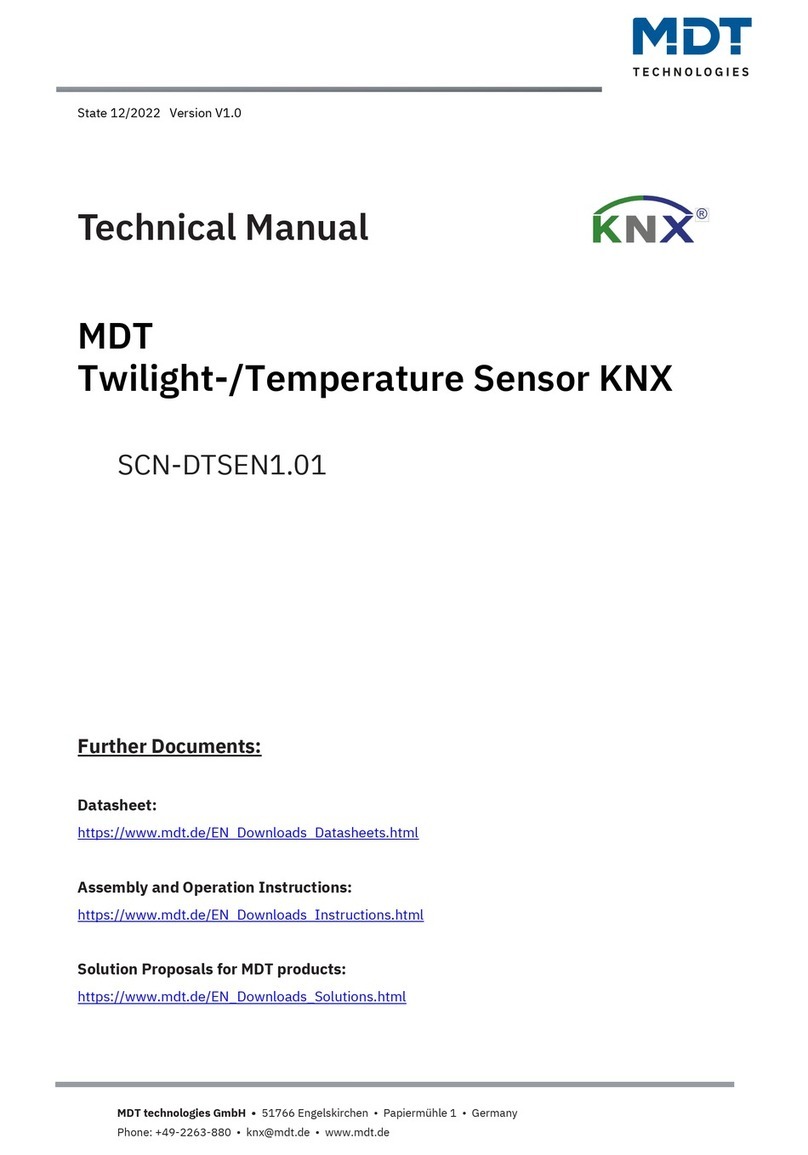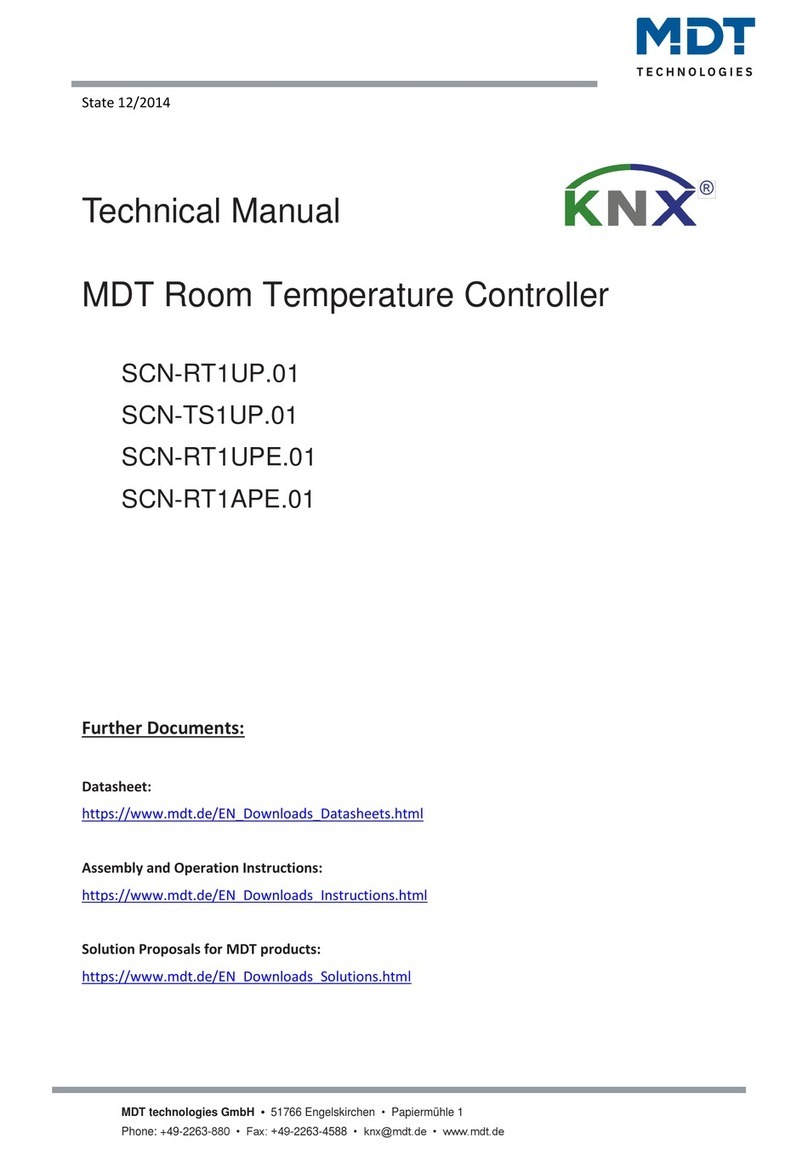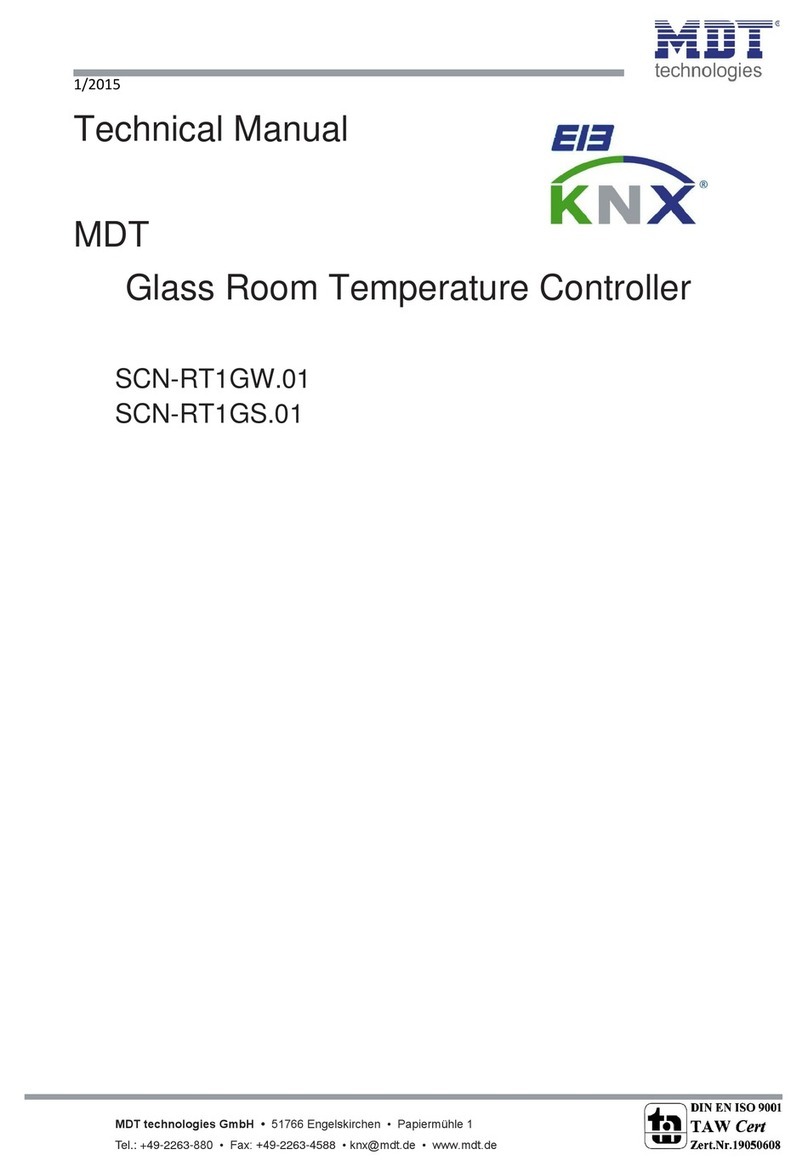1 Content
1 Content..................................................................................................................................... 2
2 Overview................................................................................................................................... 4
2.1 Overview devices........................................................................................................................... 4
2.2 Usage & Possible applications....................................................................................................... 4
2.3 Exemplary circuit diagram............................................................................................................. 5
2.4 Structure & Handling..................................................................................................................... 5
2.5 Functions ....................................................................................................................................... 6
2.6 Commissioning .............................................................................................................................. 6
3 Communication objects ............................................................................................................. 7
3.1 Default settings of the communication objects ............................................................................ 7
4 Reference ETS-Parameter .......................................................................................................... 9
4.1 Setup general................................................................................................................................. 9
4.2 Temperature measurement........................................................................................................ 10
4.3 Alarm/Messages.......................................................................................................................... 12
4.4 Controller general........................................................................................................................ 14
4.4.1 Controller type ..................................................................................................................... 14
4.4.2 Operating modes & Setpoints.............................................................................................. 15
4.4.2.1 Operating mode Comfort.............................................................................................. 15
4.4.2.2 Operating mode Night................................................................................................... 16
4.4.2.3 Operating mode Standby .............................................................................................. 16
4.4.2.4 Operating mode Frost/Heat protection ........................................................................ 16
4.4.2.5 Priority of the operating modes.................................................................................... 17
4.4.2.6 Operating mode switchover.......................................................................................... 17
4.4.2.7 Operating mode after reset........................................................................................... 20
4.4.3 Setpoint offset...................................................................................................................... 21
4.4.4 Lock objects.......................................................................................................................... 23
4.4.5 Heating/Cooling request objects.......................................................................................... 24
4.4.6 Guiding ................................................................................................................................. 25
4.4.7 Dead zone............................................................................................................................. 27






























